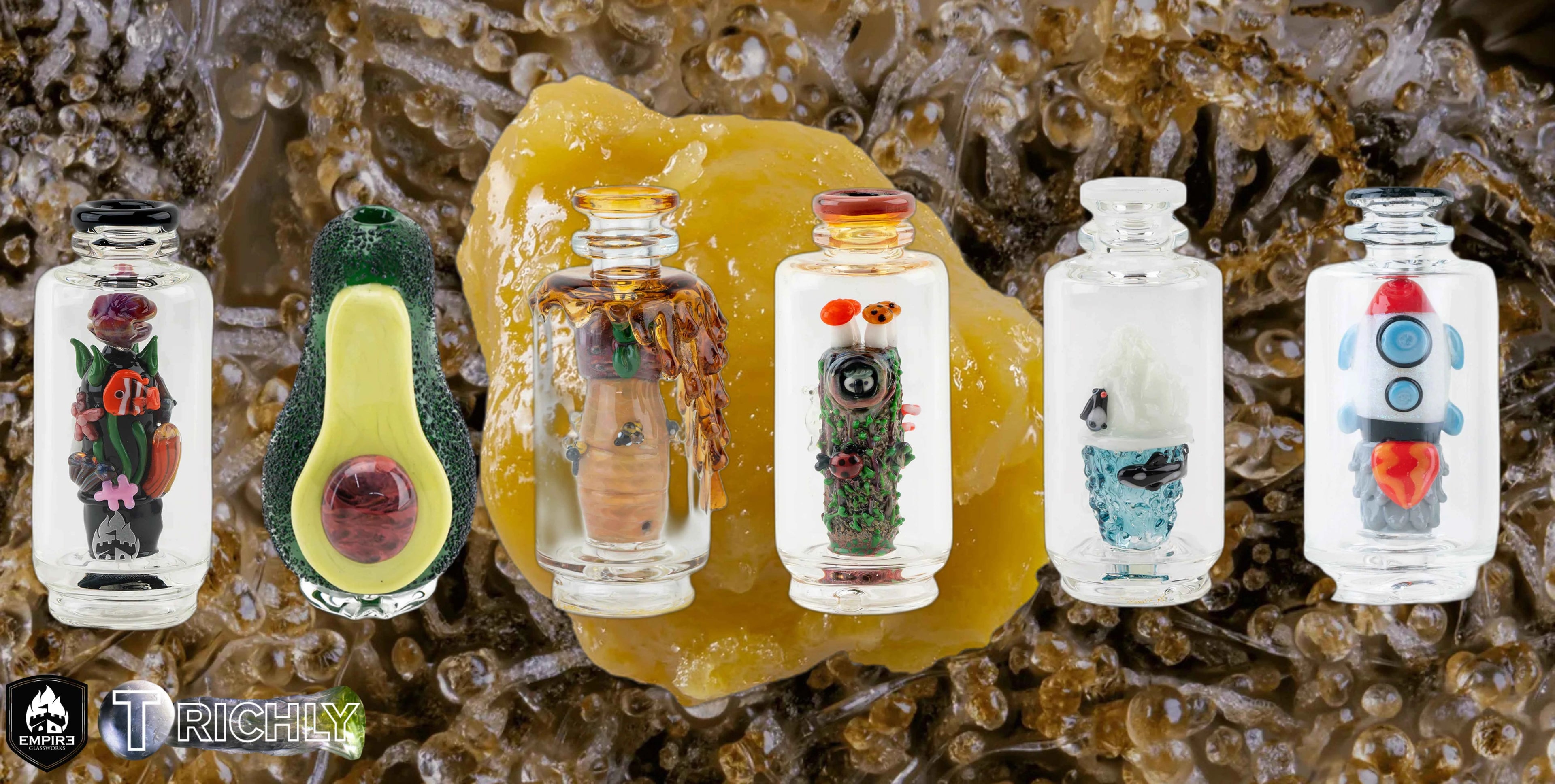When you pick up a cannabis or hemp product, that lab report or COA (Certificate of Analysis) might look like a wall of numbers and acronyms. But behind it is a detailed testing process that measures potency, purity, and safety. Knowing how to read it—and how labs get the data—is key to being an informed buyer.
At Trichly, we believe you should only consume product you've done the research on personally, all the way back to checking the COA of the product.
What Labs Test For
Cannabis and hemp testing focuses on four main areas:
- Potency: Levels of cannabinoids like CBD, THC, CBG, etc.
- Terpenes: The aromatic compounds that influence effects.
- Contaminants: Pesticides, heavy metals, residual solvents, molds.
- Microbiology: Checks for pathogens like salmonella or E. coli.
Each of these areas requires different tools and methods to ensure accuracy.
Testing Methods & Lab Equipment
Here’s a look at the most common lab equipment and what it does:
- HPLC (High-Performance Liquid Chromatography) – Used to measure cannabinoid content without heat, which preserves acid forms like THCA and CBDA. It’s the gold standard for potency testing.
- GC-MS (Gas Chromatography-Mass Spectrometry) – Often used to detect solvents and terpenes. It uses heat to vaporize compounds before separating and identifying them.
- ICP-MS (Inductively Coupled Plasma Mass Spectrometry) – This one’s for heavy metals like lead, arsenic, or mercury. It ionizes the sample and measures trace levels down to parts per billion.
- qPCR (Quantitative Polymerase Chain Reaction) – Tests for microbial contamination like mold, yeast, and bacteria by detecting DNA fragments.
Labs may also run pesticide panels and check for mycotoxins, depending on state requirements or voluntary brand standards (like ours).
How to Read a Lab Report (COA)
Lab reports can look intimidating, but they all follow a similar structure. Here’s how to break it down:
1. Cannabinoid Profile
This shows the levels of CBD, THC, CBG, and other cannabinoids—usually listed in milligrams per gram (mg/g) or percentage.
- Total THC = THCa × 0.877 + Δ9-THC
- Total CBD = CBDa × 0.877 + CBD
Why the math? Because raw cannabinoids exist in acid form and convert when heated (e.g., vaping or smoking).
2. Terpene Profile
If included, this section lists the dominant terpenes and their concentrations. Look for things like:
- Myrcene – relaxing
- Limonene – uplifting
- Pinene – alertness
3. Contaminants
This is where safety comes in. Look for “ND” (Not Detected) or values well below legal limits for:
- Pesticides
- Heavy metals (Pb, Hg, As, Cd)
- Residual solvents (ethanol, butane, etc.)
- Microbial threats (mold, salmonella, E. coli)
Always check that the report is from an ISO-accredited third-party lab, and not just internal testing.
Why It Matters to You
Lab testing isn’t just a legal formality—it’s how you know what you’re consuming is:
- Accurately dosed – so you know how much THC or CBD you’re taking.
- Free from harmful contaminants – especially important for daily users or those with weakened immune systems.
- Effectively formulated – with terpene profiles that match your needs (calm, energy, focus, etc.).
Quick Tips for Evaluating a COA
- Date Tested: Should be recent—avoid expired or outdated results.
- Batch Number: Match it with what’s on your product label.
- Pass/Fail Indicators: Look for clear markers showing if the product meets state and federal safety standards.
- Third-Party Logo: Check for ISO 17025 or similar accreditation.
The Bottom Line
Lab testing isn’t just about numbers—it’s about trust, safety, and knowing exactly what you’re getting. At Trichly, we believe that every consumer should feel confident when they read a COA. The more you understand the science, the better choices you can make.
Clean. Potent. Verified. That’s the Trichly standard.


0 comments